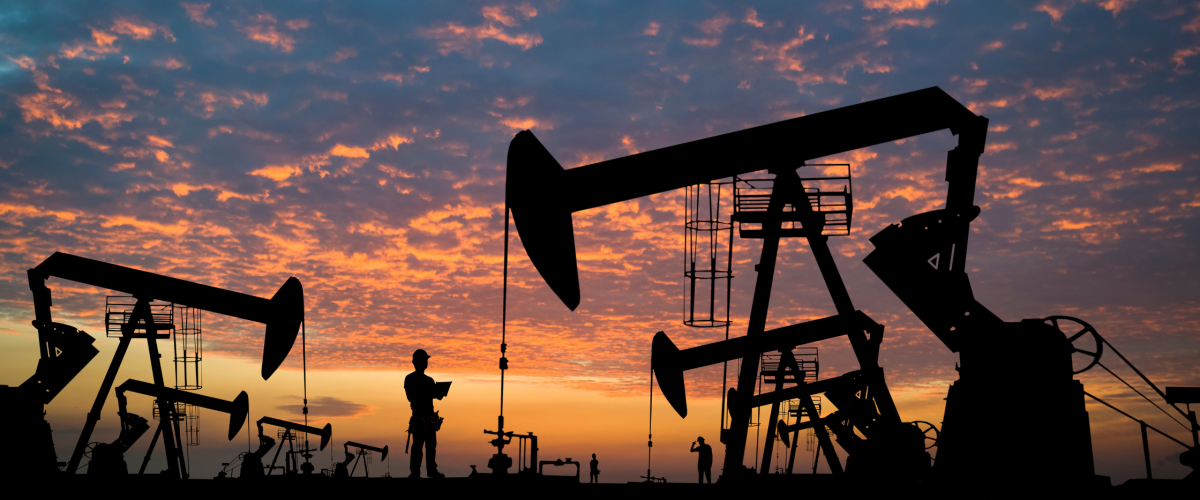Hydraulic fracturing or fracking has been a key driver in unlocking unconventional oil and gas reserves across the globe. By injecting high-pressure fluid into rock formations, operators can release hydrocarbons that were previously inaccessible. However, the practice has also been linked to induced seismicity: small to moderate earthquakes triggered by fracking itself or by the disposal of wastewater in deep wells.
As public scrutiny increases and regulators tighten oversight, operators face growing pressure to adopt measures that minimize earthquake risks while maintaining production efficiency.
Understanding Induced Seismicity
Most natural earthquakes are caused by tectonic movement along fault lines. In fracking, earthquakes are usually induced when injected fluids increase pore pressure in underground rock formations, destabilizing existing faults. While most of these events are too small to be felt, some have reached magnitudes strong enough to damage property and raise public concern.
Two main contributors stand out:
- Hydraulic Fracturing Itself – Short-lived seismic events during stimulation, typically minor.
- Wastewater Injection – Long-term disposal into deep formations, which has been linked to stronger, more persistent earthquakes in regions such as Oklahoma and Alberta.
Core Strategies for Risk Mitigation
- Site Selection and Geological Assessment
- Detailed seismic mapping and geomechanical studies can identify fault lines and stress zones.
- Avoiding high-risk geological formations reduces the likelihood of triggering seismic events.
- Real-Time Seismic Monitoring
- Deploying microseismic monitoring systems enables operators to track subsurface activity during fracking.
- Real-time data allows immediate adjustments if seismic thresholds are exceeded.
- Traffic-Light Protocols (TLPs)
- Widely adopted in North America and Europe, TLPs set predefined thresholds for seismic activity.
- Example: Green (continue operations), Amber (proceed with caution or reduce injection rate), Red (pause or shut down operations).
- Fluid Management Practices
- Reducing injection volumes and pressures can lower pore pressure buildup.
- Recycling produced water instead of relying heavily on deep disposal wells reduces long-term seismic risk.
- Well Design and Engineering Controls
- Proper casing and cementing techniques prevent fluid migration into unintended zones.
- Staged injection, where fluid is introduced gradually, can minimize stress changes underground.
- Regulatory Compliance and Transparency
- Compliance with seismic monitoring requirements and open data sharing with regulators and communities builds trust.
- Proactive engagement helps address public concerns and maintains the social license to operate.
Balancing Energy Needs and Safety
Fracking remains a critical source of energy security in many regions, but its future depends on balancing production with safety and environmental stewardship. Operators that adopt proactive earthquake risk management not only reduce liability but also strengthen their reputations in an industry increasingly shaped by environmental, social, and governance (ESG) considerations.
Innovation continues to improve safety in onshore fracking operations. Artificial intelligence and predictive modeling are being applied to forecast seismic risks before injection begins. Advanced water treatment technologies are reducing dependence on deep disposal wells. Over time, these advancements may make induced seismicity less of a barrier to responsible development.
Mitigating earthquake risks in onshore fracking operations is not simply about regulatory compliance; it is about future-proofing the industry. By integrating geological science, real-time monitoring, and transparent operations, energy companies can extract vital resources while safeguarding communities and ecosystems from seismic hazards.
Read more on Sparkview Energy:
Automation and Robotics: Streamlining Onshore Oilfield Operations
The Rise of Smart Wells in Onshore Drilling: Revolutionizing Oil and Gas Production
Enhanced Oil Recovery (EOR) Techniques for Onshore Operations: Maximizing Yield from Mature Fields

